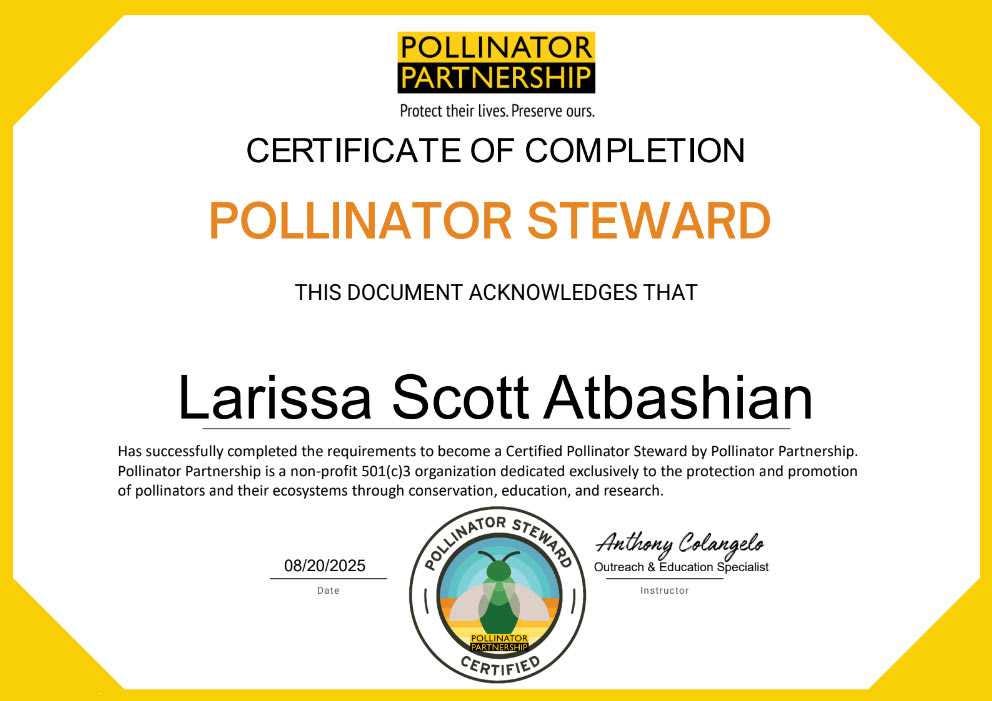 Florida fall isn’t a chill in the air — it’s a burst of new life in the beds. September is when Central Florida gardens pivot from survival mode to planting mode. This month is all about clearing, refreshing soil, and tucking in cool-season staples for a long, delicious harvest.
Florida fall isn’t a chill in the air — it’s a burst of new life in the beds. September is when Central Florida gardens pivot from survival mode to planting mode. This month is all about clearing, refreshing soil, and tucking in cool-season staples for a long, delicious harvest.
Read on for this month’s best tips, tasks, and timely reminders.
Weather Watch: Peak Storms, Fresh Starts
September sits right in the heart of hurricane season’s historical peak (around Sept 10), so plan for heavy rain and quick pivots: good drainage, mulched pathways, and seedlings staged under cover for fast redeployments.
Coach Tip: After big rains, foliar diseases can flare. Space seedlings well, prune for airflow, and water at the base in early morning.
What to Plant This Month
September is a major planting window. For Central Florida (SR-40 to SR-70):
Transplant: Chinese cabbage, collards, eggplant, endive, kale, lettuce, peppers, strawberry, sugarcane, tomatoes, tropical spinaches.
Direct-sow: beans (bush/lima/pole), carrots, cucumbers, bunching onions, radish, squash, turnips.
The 2-Week Fall Kickstart Plan
Pull tired summer crops; leave roots where practical to feed soil life.
Rake out debris; top up beds with finished compost.
Pre-water beds deeply to settle the soil profile.
Week 2: Replant
Soil revive (see below), then set transplants and sow quick rows.
Install light row cover over brassicas/greens for pest & rain splash protection.
Label beds and note dates for staggered sowings every 2 weeks.
Garden Revival Tonic

If summer storms left your beds fatigued, give them a deep reset before you plant heavy feeders. My Garden Revival Tonic is a small-batch, two-week brew with castings, kelp, lactobacillus serum, and botanical allies designed to re-energize biology, buffer stress, and support steady, resilient growth.
Try it here: Garden Revival Tonic
Use 1–2 Tbsp per gallon as a root drench or foliar every 1–2 weeks.
September Task List
Clear & condition: Remove spent crops, top-dress 1–2″ compost, water in.
Set the backbone: Transplant tomatoes/peppers/greens; direct-sow beans & carrots.
Mulch smart: 2–3″ organic mulch to moderate splash and hold moisture.
Storm-ready staging: Keep extra seedlings under cover for fast replenishing.
Scout weekly: After downpours, check for fungal leaf spots and caterpillars; prune for airflow, hand-pick, and reapply mulch as needed.
Fertilizer Blackout (through Sept 30)
In Tampa Bay counties (e.g., Pinellas & Hillsborough), the rainy-season fertilizer rules mean no nitrogen or phosphorus on lawns/landscapes from June 1–Sept 30. Focus on compost, mulches, and microbe-friendly inputs now; resume granulars after the window closes.
Coach’s Corner
I’m officially a Pollinator Steward! After completing Pollinator Partnership’s 7-module training and on-the-ground projects, I earned my PSC certification.

Pollinators support ~1 in 3 bites of food and most flowering plants. I’m sharing easy steps to start a Florida-friendly pollinator patch —read the full post here: https://steppingstonegc.com/im-now-a-certified-pollinator-steward/

Ask the Garden Coach
Got questions about which tomato varieties love your microclimate, or how to juggle transplants around storms? Hit reply on Substack or message me and I may feature your question next month.
September Inspiration

“Those before us planted the trees; those after enjoy the shade.”
~ Traditional Chinese proverb.
Here’s to a fresh start, healthy soil, and a joyful fall harvest.
~ L.S.
